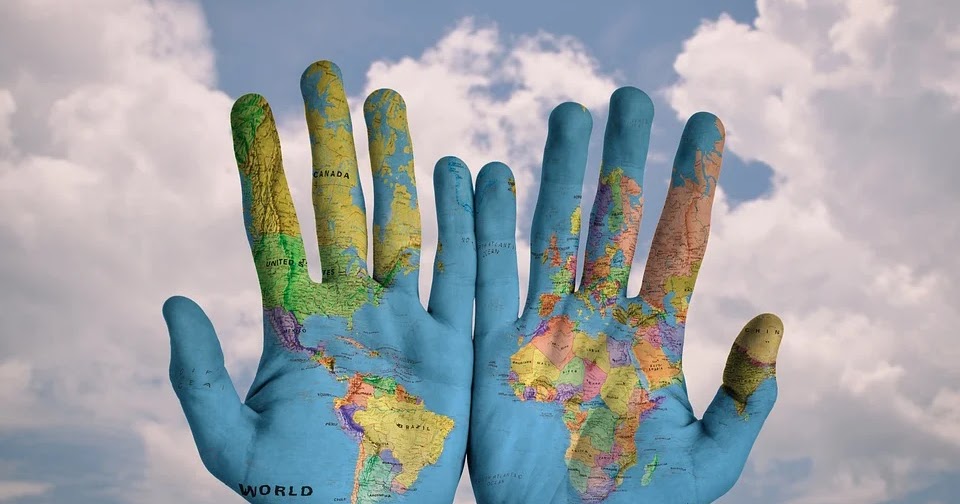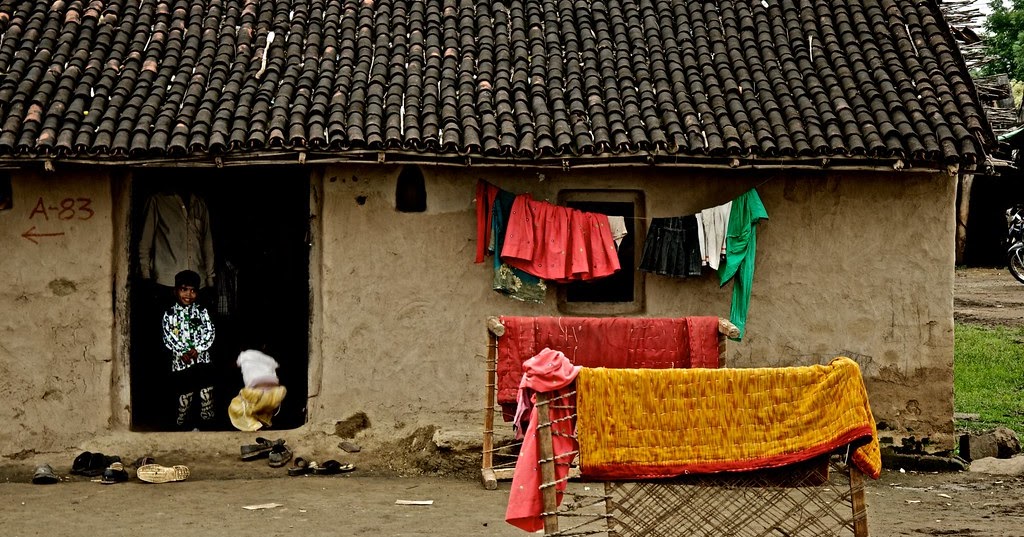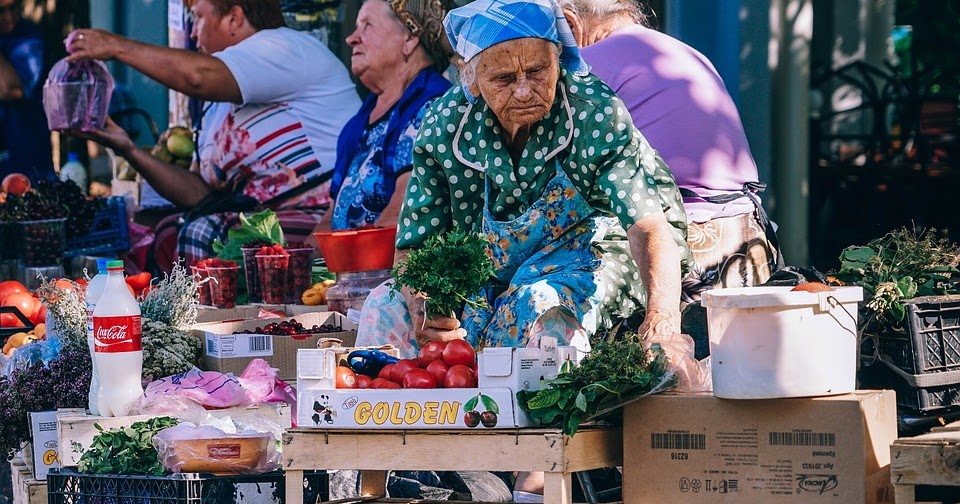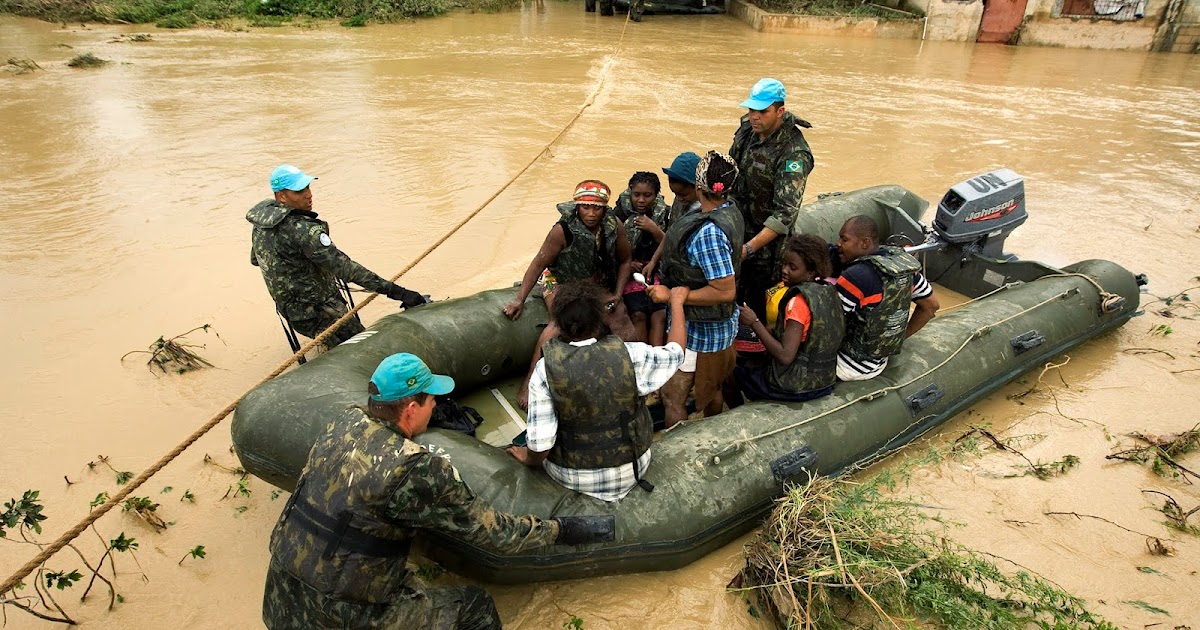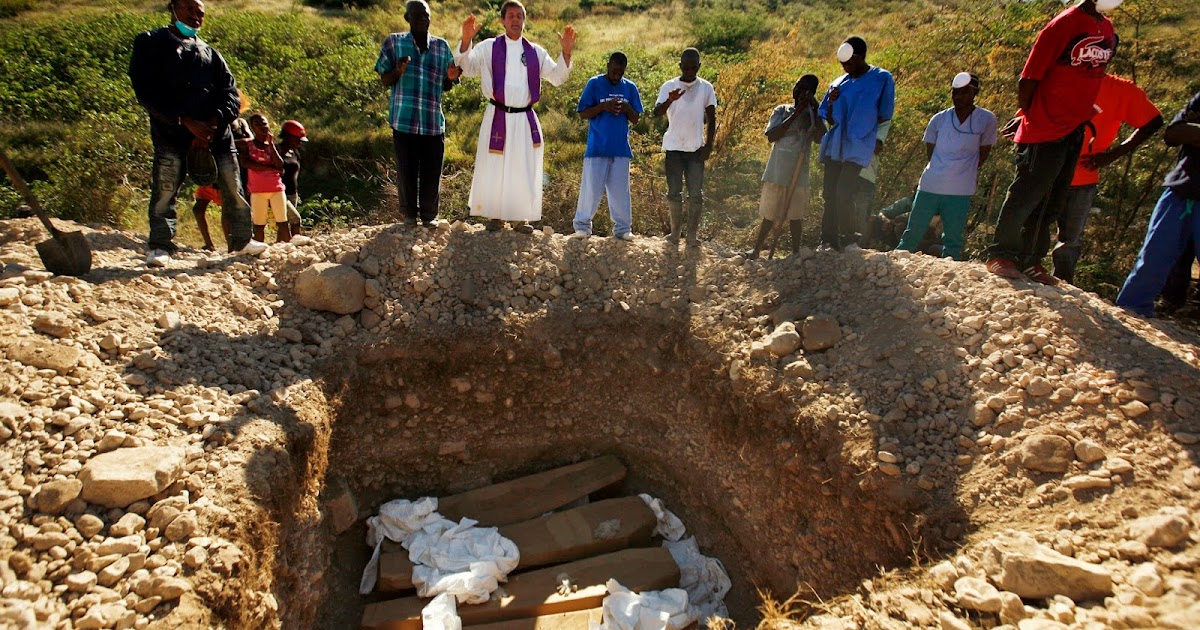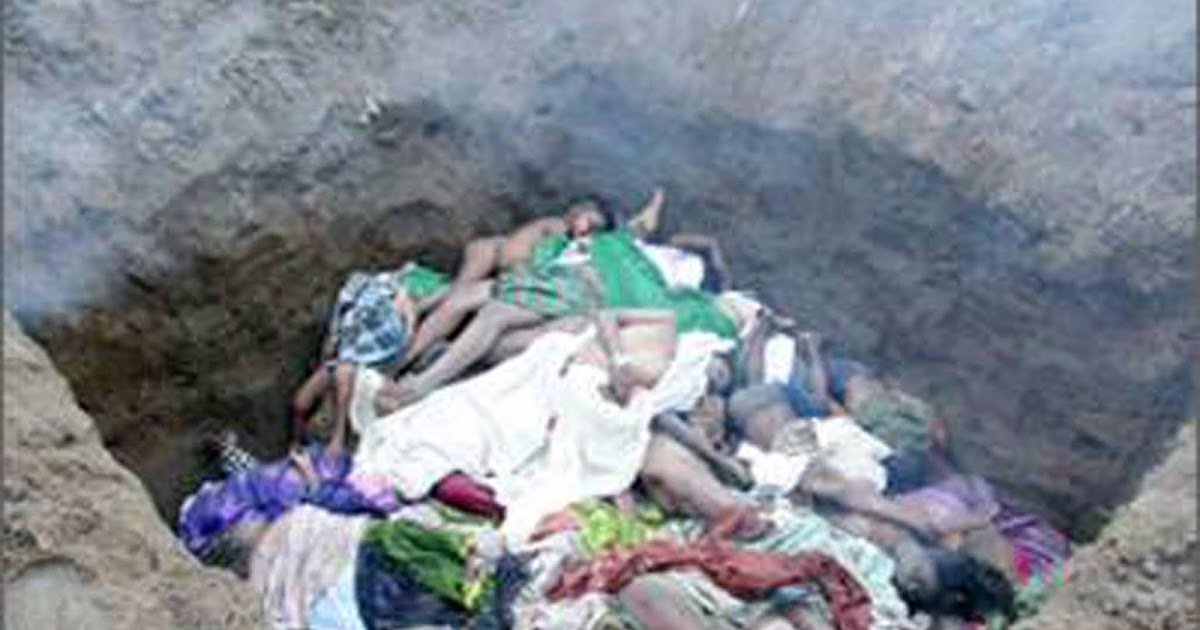COVID 19 Articles from Digital Discourse Foundation
DESTRUCTIVE WILDLIFE TRADE MUST BE TOP PRIORITY FOR G20 THIS WEEKEND
By - Ben Pearson, Head of Wildlife Campaigns, World Animal Protection
When G20 health ministers meet via video conference to discuss the impact of COVID-19 on 19th April 2020, agreeing on measures to prevent another coronavirus pandemic must be their top priority. An essential step will be a global ban on the exploitation and trade of wild animals - the likely source of the COVID-19 virus.
So far, India’s death toll from COVID-19 has been relatively low, and the government deserves credit for the measures they have taken to achieve this. But the impact on the world’s economy and population has been severe, and it will take years for us to recover. We must do all we can to stop another pandemic occurring.
Understanding the source of this pandemic is essential to avoid a repeat in the future. All pointers at present suggest that the COVID-19 is a zoonotic disease, meaning the severe acute respiratory syndrome coronavirus 2, originated in animals and was passed to humans, where it caused the disease. Overall, 60 per cent of emerging infectious diseases are zoonotic, with 70 per cent of these thought to originate from wild animals. In the case of COVID-19 and previous virus-related pandemics, the outbreak started at a live animal market, in Wuhan, called Wet Markets.
But, a singular focus on live animal markets obscures the bigger picture. Live animal markets are possibly the most shocking and visible part of the global trade in wild animals, that is not only immensely cruel, but immensely dangerous. Globally, millions of wild animals are captured, bred and traded every year for medicine, clothing, pets and entertainment. For those not slaughtered upon capture, their lives are often one of boredom, abuse and suffering.
The horrors of the wildlife trade should be reason enough to ban it. Yet the COVID-19 disaster demonstrates that the trade is not only an animal welfare catastrophe, it is a global health risk.
Wild animal diseases are usually of no significant risk to people, because of the limited opportunities for the pathogens to infect people if the animals remain in the wild. Pathogens jumping between different wild species is also less common in the wild, reducing the risk of reducing the risk of becoming infectious to people. This changes however, when wildlife trade comes into play. Often, the wildlife trade brings together a wide variety of animals that would typically have no contact in the wild, creating a hotbed of lethal diseases.
Add to that, the appalling and stressful conditions that the animals endure, leave them immuno-suppressed, making it even more likely they will succumb to infection or harbor pathogens. And, by bringing those animals into contact with humans in a variety of ways, the trade makes it possible for new diseases to arise and jump the species barrier.
Stopping future disease outbreaks means rethinking our relationship with wild animals. Exploiting and commodifying them as we do for a variety of purposes is not just unethical, it is unsafe. We need to start practising social distancing between humans and wild animals, leaving wild animals in the wild where they belong.
There are already positive signs that change is happening. The Chinese government has put in place a ban on the trade of wild animals for consumption, and the Vietnamese government is in the process of introducing a similar directive. But, with fears live animal markets may reopen after lockdowns are lifted, as they did after the SARS coronavirus outbreak of 2003, more needs to be done.
As with previous international crises, the G20 needs to show leadership and India must ensure they do. Bans must be applied across all wildlife trade and made permanent, comprehensive and properly enforced. The alternative is waiting for the next coronavirus to jump the species barrier and inflict further death and devastation. There can be no greater priority for G20 Health Ministers than avoiding this outcome.
Media on Demand
Editorial
Preparedness inadequate
Digital Discourse Foundation
With the outbreak of the Novel Corona Virus 19 or NCOVID-19 which was sourced to a Wildlife Market in Wuhan in China in December 2019 being declared a pandemic by the World Health Organisation of the United Nations Organisation public health care infrastructure is being tested to the limits globally.
The need for out of the box sustainable solutions like Work From Home – to effectively isolate infecting entire populace – or use of native nutrition / herbal remedies, effective use of retroviral drugs, medicinal plants, giving up consumption of Bush Meat reflect rule of the thumb or traditional wisdom.
The surreptitious nature of N-COVID 19 – because the virus is detected only after 14 days of the patient suffering from symptoms like runny nose, cough cold and flu – cheats the health care system manifold as detection is delayed in people who come in contact with potential patients.
When persons with a travel history to the hotbeds of the pandemic hotspots come back to their home town and either evade the test or are not detected properly at the airports have the potential to become time bombs and weapons of biological warfare themselves. This is not just a worst case scenario but the more likely cause for the potentially global epidemic.
Countries with higher population densities and or human development quotient are particularly challenged by the pandemic. Instances of people intentionally evading detection tests or fleeing isolation and quarantine are not just being irresponsible but pose an unparalleled danger to the entire populace of a region / territory / country.
Infected persons’ co-workers work space, the people who travelled with him or her in public transport and airplanes should all be screened for the virus. Not easy at all for the best of health care systems.
Inter-Agency Coordination – part of the standard operating procedure in Disaster Risk Reduction - calls for nearly impossible linking of services: While the Information & Broadcasting Ministries of all countries have to coordinate outreach, awareness, and information, Homeland Security or Interior Ministries have to accelerate security measures to prevent spread of infection through screening.
Health Ministries have to work in tandem with private health care infrastructure to gear up with lab testing and coverage of screening for the entire populace. Aviation regulators don’t have it easy because they are responsible to reach out by tracking all those who have travelled with one suspected or potentially infected person.
All this, while the global economy is in nosedive. Aviation, Tourism Shipping, trade and pharmaceutical sectors are paralysed by the epidemic.
In this scenario work-from-home offers hope of sustenance of livelihood security at the very least. It also provides a safety net to prevent spread of infection from the as yet incurable virus.
Given the vast amount of broadband internet bandwidth available, it is the perfect vehicle no doubt for work from home. But a true brick and click economy rides on all resources of the brick and mortar economy being available at a click of a mouse.
Be it raw materials for pharmaceuticals, textiles, or any of the manufacturing industries itself, the demand and supply of the markets should be co-related to supply chain and marketing. Till such time work from home options can easily be neutralised by the colour and appeal of binging on You Tube or Net-Flix!
Work from Home is only as effective as the efficacy of deadline and a disciplined work force.
However work from home needs a lot of infrastructure that is as yet only theoretically listed in the Smart City Governance and Sustainable Development Goals.
Diabetes Management
Expert Interview Dr. Premalatha Ramaswamy retired Head of the Department of Paediatrics, Vanivilas Women's and Children's Hospital Bangalore Medical College and Research Institute
1. What is the major cause for disease amongst the patients admitted to Vanivilas Children’s hospital in Bangalore?
Dengue infection. It is an utterly preventable disease since it is a water borne infection. In 2015 dengue cases across the country surged to 99,913, and in 2014 40,571 cases were reported of which 137 were mortalities. In 2016 6083 cases were reported of which eight mortalities were recorded and in the first six months of 2017 dengue cases recorded in Karnataka alone stands at 759 according to online report of National Vector Borne Disease Control Programme of the Directorate General of Health Services Ministry of Health and Family Welfare, Government of India (http://nvbdcp.gov.in/den-cd.html). Manpower resources and money are lost to utterly preventable diseases. But most tragically we are losing lives.
2. What are the primary causes for this epidemic?
Lack of medical infrastructure – like ventilators and blood supply – which is a priority for Dengue patients implies other in-patients may have to forgo scare medical infrastructure. This puts an enormous strain on health care infrastructure. Easier to prevent mosquito breeding. Dengue is a vector borne disease and the virus breeds only in fresh stagnant water. Sewerage drains and storm water drains are getting stagnated by solid waste. This blocks drainage causing breeding of this deadly virus. The infrastructure design of sewage needs a relook given the lack of discipline in disposing solid waste. Gastroenteritis used to be the epidemic in the 1970s and 1980s. This has now been addressed through WHO intervention of ORS… we could treat child mortality. We still get cases from slum areas that are lacking in water and sanitation infrastructure.
3. Please give us a holistic view of the disease, - its cause and consequences.
Cluster of cholera cases also occur from slum areas. These diseases dent children’s development by contributing to 5% loss of bodyweight. It leads to loss of appetite which triggers malnutrition and lack resistance triggering relapse / recurrence. Less food means less energy stored in the body so the body cannot discharge essential functions. Not only ill health but school dropping out because of relapses means children lose out on education too. This perpetuates poverty over the next generation. Children lose the curiosity to learn impairing mental development. That apart children lose immunity leaving them prone to other opportunistic infections like flu, cough cold, etc.
4. What are the other public health implications triggered by callous solid waste management and inadequate water and sanitation?
Girl children are prone to urinary tract infection because of inadequate water and sanitation. It can cause urinary incontinence and bowel and bladder dysfunction especially in school going girls. This causes emotional problems like anxiety, stress and unwanted obesity – eventually diabetes and hypertension in adulthood. Eating disorders are not far behind with lifestyle disorders. Failure or lagging behind in studies inevitably leads to rise in school drop-out rates … leading to the vicious cycle of poverty. Children from slum areas lack both water and sanitation as well as traditional means of neonatal care.
As told to Malini Shankar
Expert Interview with Dr. Balaji Jaganmohan, Diabetologist, Apollo Sugar Clinics, Bangalore (Audio)
Slideshow on water and sanitation :
Slideshow: Diabetic friendly foods
Press Releases and Research material
WHO commends South African parliament decision to pass tax bill on sugary drinks
6 December, 2017 -The South African Parliament has taken a brave and powerful step towards promoting the health of the country’s citizens and reducing diet-related noncommunicable diseases (NCDs), such as diabetes, by passing a bill yesterday to implement a tax on sugar-sweetened beverages, according to Dr Rufaro Chatora, WHO’s Representative to South Africa.
“I congratulate the Republic of South Africa’s parliament for passing the law to introduce a health promotion levy on sugary drinks in 2018,” says Dr Chatora. “South Africa’s lawmakers must be commended for their steadfastness in the face of immense industry pressure, as well as their foresight and determination to put the health of their citizens before the profits of corporate entities.”
Dr Chatora adds: “By passing this bill, South Africa’s parliament have shown that feasible measures exist to beat NCDs, and is leading the way for other countries in Africa, and around the world, to follow. The sugary drinks tax bill paves the way for South Africa to join the growing global movement of nations using fiscal policies to reduce consumption of unhealthy products while raising sorely needed revenues for social services like universal health coverage.”
South Africa’s sugary drinks tax is scheduled to be implemented on 1 April 2018 and will lead to an estimated 11% increase in the price of a regular can of soft drink.
More than 30 countries have either introduced a tax on sugary drinks or, like South Africa, the United Kingdom of Great Britain and Northern Ireland and the United Arab Emirates, passed legislation to implement such a fiscal policy. A larger group of countries, including the Philippines, Antigua, Nepal and Seychelles, are considering introducing a tax on sugary drinks.
WHO recommends governments to introduce effective taxation on sugar-sweetened beverages to help reduce excessive sugar intake. In South Africa, WHO has been supporting the introduction of such taxes since it was proposed by the National Treasury in August 2016 together with many local and international academics and NGOs. To develop and raise awareness about the bill, a detailed consultation process was conducted with all stakeholders, taking into account the concerns of labour unions, employers and all South Africans, whose health will benefit from the intervention.
Experience from other countries that have implemented the tax demonstrates its potential to reduce consumption of sugar and raise revenues that can be used to prevent and control diabetes, obesity and other NCDs.
“WHO will continue working with South Africa to implement measures that protect children and adults alike from avoidable health risks, like sugary drinks, unhealthy diets, tobacco use, harmful use of alcohol and physical inactivity,” adds Dr Chatora.
Taxation on SSB is just one of a range of cost-effective measures proposed by WHO to curb the threat of NCDs, responsible for the deaths of 16 million people every year before the age of 70.
Other interventions targeting obesity include nutrition labelling; marketing restrictions of unhealthy foods and beverages to kids; fruit and vegetable subsidies; physical activity policies and social marketing campaigns. At the World Health Assembly in 2017, such measures were endorsed as part of the "Best buys" and other recommended interventions for the prevention and control of noncommunicable diseases
Media On Demand Documentaries
Blogs
Name: Digital Discourse Foundation
URL: https://www.digitaldiscourse.org.in
Address: # 1 / 1 Police Station Road,
Basavanagudi
Bangalore
Karnataka, India
Pin: 560004
Tel: +91 80 26677090
Cellphone (s): +919448055645 / +919900604440 / +919844253935
Email: director@digitaldiscourse.org.in; directordigitaldiscourse@gmail.com

